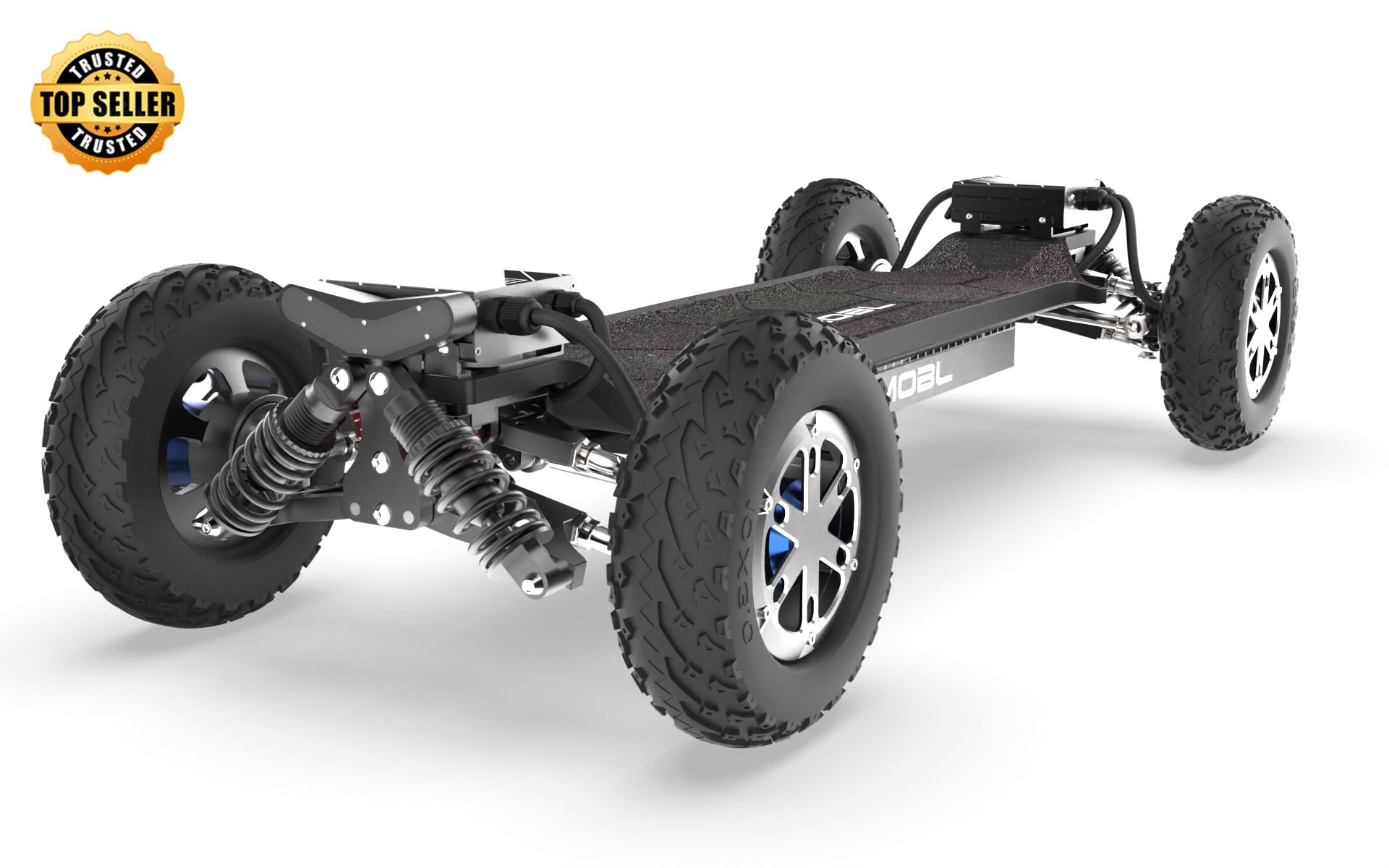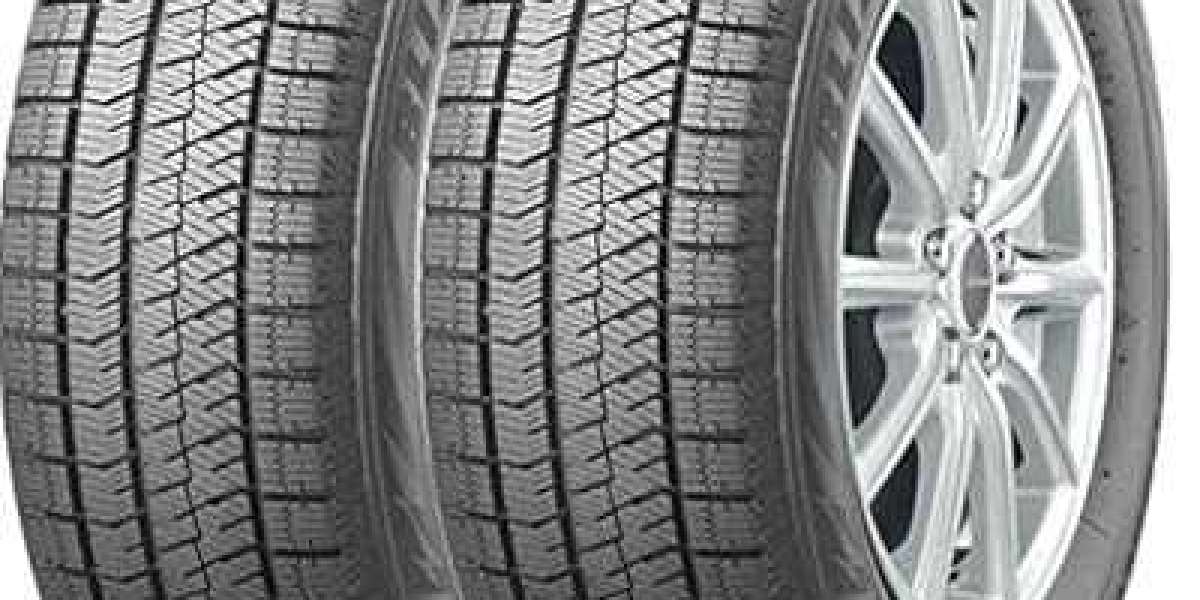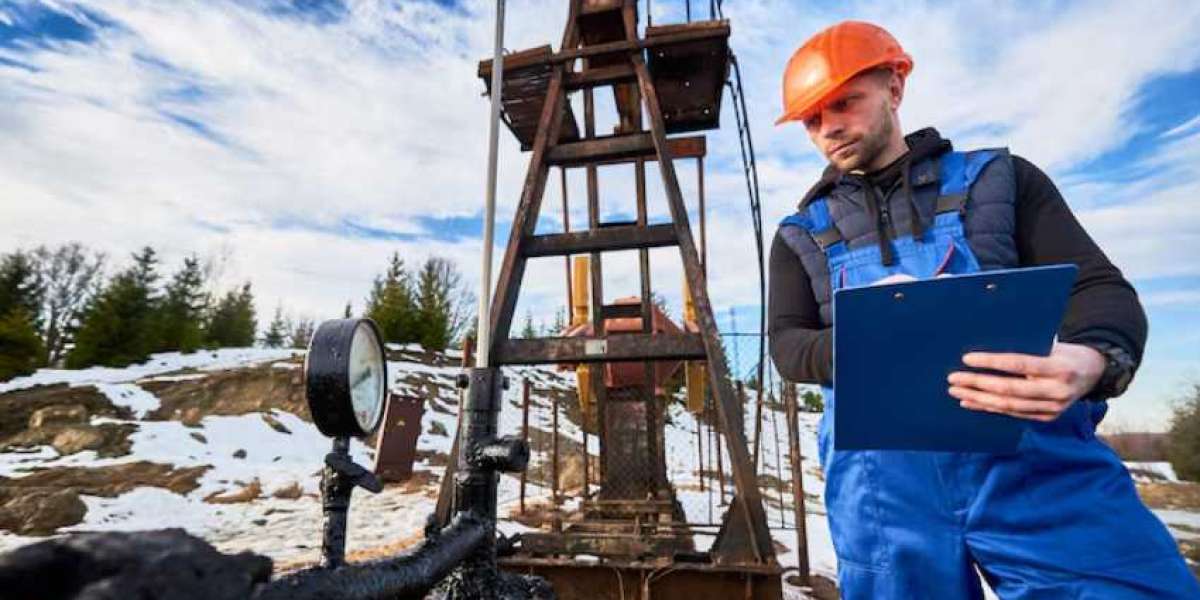Unleash the Power: Discover the Secrets Behind Electric Skateboard Motors!
Electric skateboards are revolutionizing the way we think about personal transportation. With their sleek designs and impressive performance, they have captured the hearts of both commuters and thrill-seekers alike. At the heart of these innovative devices lies the motor, a crucial component that not only powers the skateboard but also enhances the overall riding experience. As the popularity of motor skateboards continues to soar, understanding the intricacies of electric skateboard motors becomes essential for anyone looking to ride in style and comfort. Whether you're a seasoned pro or a newcomer eager to join the electric revolution, knowing what makes these motors tick will help you make informed choices and enjoy every ride to the fullest.

Understanding Electric Skateboard Motors
Electric skateboard motors serve a fundamental purpose: they convert electrical energy into mechanical motion, propelling the rider forward. The performance of these motors directly influences the skateboard's speed, acceleration, and ability to tackle various terrains. A quality motor provides a smooth and exhilarating ride, allowing riders to effortlessly cruise through urban landscapes or conquer steep hills. Additionally, electric motors can be equipped with regenerative braking systems, which not only extend battery life but also enhance safety by providing controlled stopping power. Having ridden alongside friends who have electric skateboards, I've felt the difference a powerful motor can make, especially when climbing inclines or picking up speed in a hurry. The thrill of gliding with ease is a testament to the engineering behind these motors.
Types of Motors Used in Electric Skateboards
When it comes to electric skateboards, two primary types of motors dominate the market: hub motors and belt-driven motors. Each type has its unique characteristics, advantages, and applications, making it essential for riders to understand their differences to choose the right one for their needs. Personal experiences shared by friends have shown me the nuances between these motor types, particularly in terms of performance and maintenance. Let’s dive deeper into each motor type to see what sets them apart.
Hub Motors
Hub motors are integrated directly into the wheels of the skateboard, providing a compact and streamlined design. One of the main advantages of hub motors is their low maintenance requirements, as there are fewer moving parts compared to traditional systems. This makes them an attractive option for riders who prefer a hassle-free experience. Additionally, hub motors offer a quieter ride and are less susceptible to damage from external elements, such as debris or water. However, one drawback is that they can sometimes deliver less torque compared to belt-driven systems, which may limit performance on steep inclines. In my own experience, riding a hub motor skateboard felt incredibly smooth, and the quiet operation allowed me to enjoy the ambient sounds of the environment.
Belt-Driven Motors
Belt-driven motors, on the other hand, consist of a motor connected to the wheels via a belt system. This setup often provides greater torque and acceleration, making it ideal for riders who crave speed and performance, especially in off-road situations or steep hills. The belt-driven design allows for easier adjustments and upgrades, enabling riders to customize their skateboards to suit their preferences. However, this system can require more maintenance due to the wear and tear of the belts and pulleys. Friends who own belt-driven models often share stories of their exhilarating rides, especially when tackling challenging terrains where the extra torque comes into play. Their experiences highlight the importance of considering riding style and terrain when choosing between motor types.
Specifications to Consider
When selecting an electric skateboard motor, several key specifications should be taken into account to ensure the best performance for your needs. Power output, typically measured in watts, is a crucial factor that directly affects speed and acceleration. Higher wattage motors can provide quicker starts and better hill climbing abilities. Torque, measured in Newton meters (Nm), indicates the motor's ability to move heavier loads or accelerate quickly, which is particularly important for riders who plan to tackle steep inclines or carry additional weight. Efficiency is another critical specification, as it determines how effectively the motor converts battery power into motion. A more efficient motor not only extends riding time but also reduces battery wear over time. Personal anecdotes from friends who have experimented with different motor specifications reveal just how impactful these factors can be on their overall riding experience.
Future Trends in Electric Skateboard Motors
The field of electric skateboard motors is evolving rapidly, with emerging technologies promising to enhance performance and efficiency. One of the most exciting advancements is in battery technology, with developments in lithium-ion batteries leading to longer ranges and quicker charging times. Additionally, innovations in motor design, such as sensorless technology and improved cooling systems, are making motors more efficient and reliable. As these technologies continue to progress, we can expect to see electric skateboards that not only perform better but also offer greater durability. Friends who are passionate about electric skateboarding frequently discuss how these trends could shape the future of the sport, making it more accessible and enjoyable for everyone.
Choosing the Right Electric Skateboard Motor
Understanding the types and specifications of motors used in electric skateboards is essential for anyone looking to make an informed decision when purchasing or upgrading their ride. From the compact design of hub motors to the torque-driven performance of belt-driven systems, each motor type offers distinct advantages that cater to different riding styles. By considering key specifications such as power, torque, and efficiency, riders can ensure they choose a motor that aligns with their needs and preferences. As technology continues to advance, the future of electric skateboards looks promising, with innovations set to enhance performance, efficiency, and overall riding experience. Whether you're commuting, cruising, or carving up the streets, choosing the right motor can unleash the full potential of your electric skateboard, making every ride an adventure.








